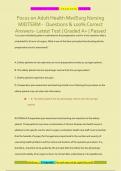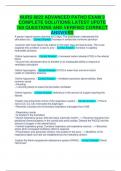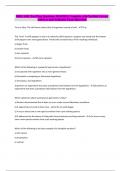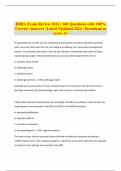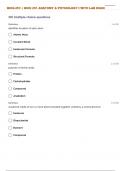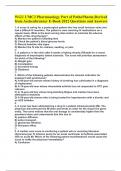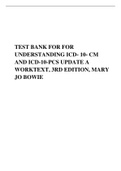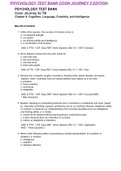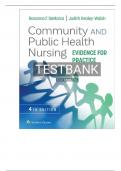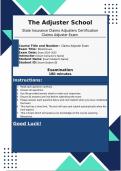Exam (elaborations)
Focus on Adult Health MedSurg Nursing MIDTERM - Questions & 100% Correct Answers- Latest Test | Graded A+ | Passed
- Course
- Institution
A 70-year-old elderly patient is admitted to the preoperative unit for a liver resection that is scheduled for 6 hours of surgery. What is one of the basic principles that should guide the preoperative nurse's assessment? A. Elderly patients do not experience as much preoperative anxiety as yo...
[Show more]
